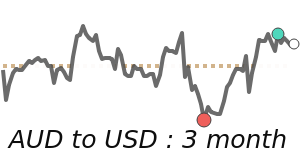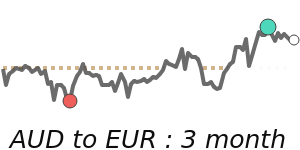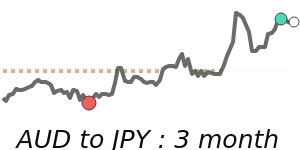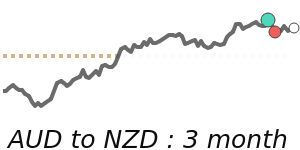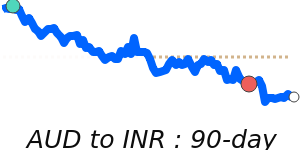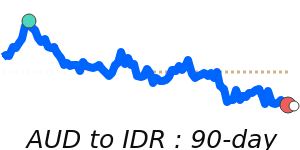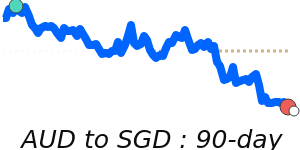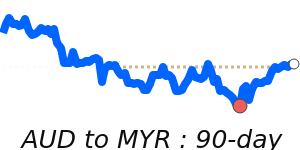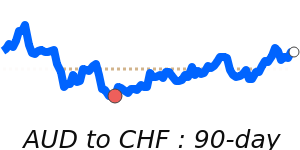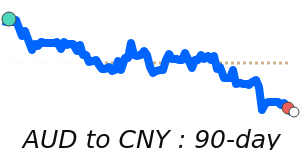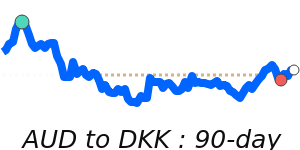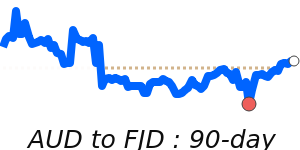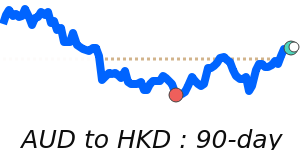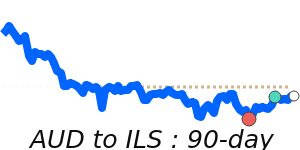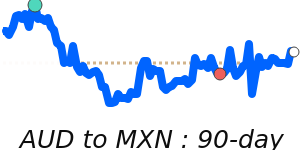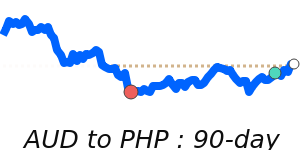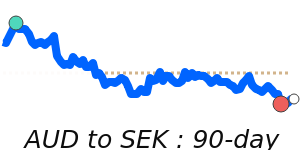The Australian dollar (AUD) has shown a wavering performance amid a mixed market sentiment, closing last week near 14-day lows against several major currencies. The cautious mood has been largely influenced by disappointment over recent employment data, which has led investors to reassess their expectations regarding the Reserve Bank of Australia's (RBA) monetary policy.
Currently, the AUD/USD is hovering around 0.6600, just 0.8% above its three-month average of 0.6552, reflecting a stable trading range. The AUD/EUR and AUD/GBP pairs also mirror this behavior, trading at 0.5621 and 0.4935, respectively, near their three-month averages. In contrast, the AUD/JPY has shown a more robust stance, trading at 102.7, which is 2.4% above its average over the same period.
Market analysts note that Australia's close economic ties with China could significantly influence the AUD going forward. Any positive economic indicators emerging from China are likely to bolster demand for the Australian dollar, given the country's reliance on commodity exports. This sentiment is further supported by recent data showcasing a surge in household spending, which increased by 1.3% in October—marking the largest monthly rise in nearly two years. Such figures have heightened expectations of a potential interest rate hike by the RBA, which would likely enhance the attractiveness of the AUD to foreign investors.
However, inflationary pressures are complicating the landscape. The recent rise in Australia’s consumer inflation to 3.8% year-on-year could lead to a reassessment of interest rate policies by the RBA. Predictions are emerging that the current cash rate of 3.6% might need adjustment to achieve the inflation target range, adding further layers of speculation about the central bank's next moves.
In summary, while the Australian dollar is currently experiencing some volatility and trading at lows against major currencies, upbeat economic indicators, particularly from household spending and GDP growth, provide a potential path for recovery. Investors will be closely monitoring any developments in both domestic economic conditions and external factors, particularly from China, as they navigate these uncertain waters.
